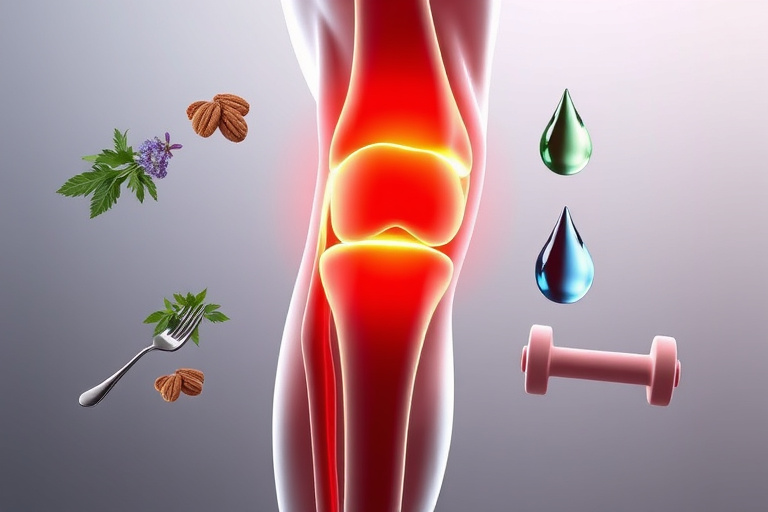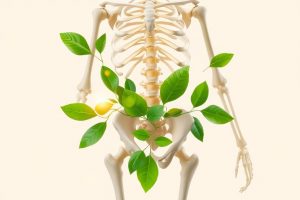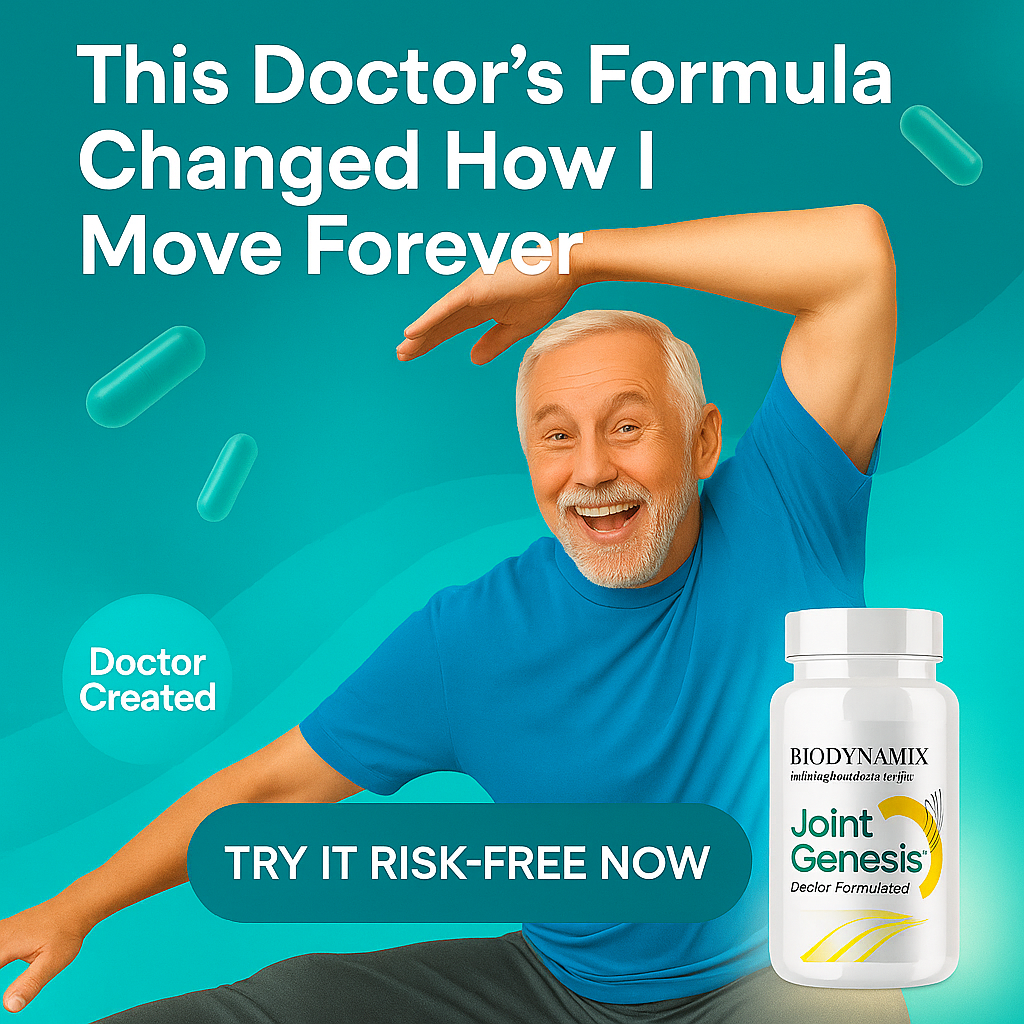Introduction: Exploring Options for Joint Health Improvement Without Physical Therapy
Joint genesis, the process of restoring or improving joint function and health, is typically approached through various treatment methods. Commonly, physical therapy is recommended to facilitate healing, enhance mobility, and reduce pain. However, with increasing interest in alternative and non-therapeutic approaches, many individuals seek options that do not involve traditional therapy sessions. This curiosity raises an important question: can you achieve significant joint improvements without physical therapy? In this article, we will examine the effectiveness of non-therapeutic methods for joint healing, their limitations, and what scientific evidence suggests about their potential to deliver meaningful results.
How Effective Are Non-Physical Therapy Methods for Joint Healing?
Alternative treatments for joint health include medication, nutritional supplements, lifestyle modifications, and complementary therapies such as acupuncture or massage. These approaches aim to reduce inflammation, support tissue repair, and improve joint function without formal physical therapy. Scientific studies support the use of certain medications—like NSAIDs—and supplements such as glucosamine and chondroitin in managing joint discomfort and promoting cartilage health. Additionally, a balanced diet rich in anti-inflammatory foods and regular low-impact exercise can contribute to joint regeneration and increased flexibility.
While these non-therapeutic methods can be beneficial, their efficacy often depends on individual circumstances. Compared to physical therapy, which provides targeted, supervised exercises and manual techniques, self-managed strategies may lack precision and personalized guidance. Nonetheless, for some individuals, especially those with mild conditions or early-stage joint issues, these methods can support ongoing joint health and delay progression.
Risks and Limitations of Avoiding Physical Therapy for Joint Recovery
Choosing to avoid physical therapy carries certain risks. Without professional guidance, there is a potential for incomplete recovery or even worsening of joint conditions. Improper self-treatment—such as overexertion, incorrect exercise techniques, or neglecting underlying issues—can lead to setbacks or injuries. Physical therapy is often recommended because it provides tailored interventions based on a thorough assessment, ensuring safe and effective progress.
In some cases, especially with severe joint damage or complex conditions, physical therapy becomes essential. It helps prevent further deterioration and promotes optimal healing. Therefore, understanding when to seek professional evaluation and personalized treatment plans is crucial for achieving the best outcomes.
Can You Achieve Speed and Quality of Joint Results Without Physical Therapy?
When considering the timeline for joint improvements, non-therapeutic strategies may offer slower or less predictable results compared to structured physical therapy. Scientific data indicates that while some individuals experience meaningful improvements through lifestyle changes, supplements, and medical management, the speed and quality of recovery can vary widely based on factors like age, severity of joint damage, and overall health.
Research and case studies have documented instances where individuals successfully improved joint function without formal therapy, often through diligent self-care and medical support. However, these outcomes are typically associated with mild conditions or early intervention. For more advanced issues, combining self-care with professional guidance tends to yield better and faster results.
Accessibility, Cost, and Convenience of Achieving Joint Goals Without Physical Therapy
One advantage of pursuing joint health improvements without physical therapy is the potential for cost savings, increased flexibility, and privacy. Many individuals find it more convenient to manage their routines at home or through online resources. Telemedicine consultations can also supplement self-care, providing professional advice without the need for in-person visits.
Nevertheless, effective self-treatment requires proper knowledge and understanding of joint anatomy and safe practices. Recognizing when to seek professional assessment is vital to avoid ineffective or harmful interventions. Access to accurate information and guidance can significantly influence the success of non-therapeutic approaches.
Scientific Research and Case Evidence on Non-Therapeutic Joint Healing Success
Recent studies have explored outcomes of non-physical therapy treatments for joint issues. Some evidence demonstrates that individuals who adopt comprehensive lifestyle changes, nutritional support, and medical management can experience notable improvements in joint health. For example, research indicates that certain supplements combined with weight management can reduce joint pain and enhance mobility without formal therapy.
However, current research also highlights limitations, including small sample sizes and variability in individual responses. When interpreting scientific data, it is important to consider that while some cases show promising results, they may not be universally applicable. Recognizing these gaps helps set realistic expectations and underscores the importance of personalized treatment plans.
For those interested in optimizing their joint health, understanding the role of cellular processes like mitochondrial biogenesis weight loss what science says about boosting fat burn can be insightful. Improving mitochondrial function may support overall tissue repair and energy production, indirectly benefiting joint recovery.
What This Means for You: Practical Guidance for Joint Health Improvement
If you are considering managing your joint health without physical therapy, start by assessing your condition and consulting a healthcare professional for diagnosis. Combining lifestyle modifications—such as maintaining a healthy weight, engaging in low-impact exercise, and eating anti-inflammatory foods—with appropriate medical treatments can optimize results. In some cases, incorporating physical therapy or seeking specialist advice remains essential, especially for complex or severe issues.
Prioritize safety by relying on evidence-based practices and professional guidance. Self-treatment should complement, not replace, expert recommendations, ensuring a balanced approach to joint recovery.
Final Thoughts: Balancing Expectations and Evidence in Joint Genesis Results
In summary, achieving significant joint improvements without physical therapy is possible in certain contexts, particularly with early intervention and mild conditions. However, the extent and speed of recovery depend on individual factors and the appropriateness of chosen strategies. Setting realistic goals based on current scientific understanding and personal circumstances is key.
Personalized and supervised approaches generally provide the best outcomes. Consulting healthcare professionals ensures that your efforts are safe and effective, helping you make informed decisions about your joint health journey.




